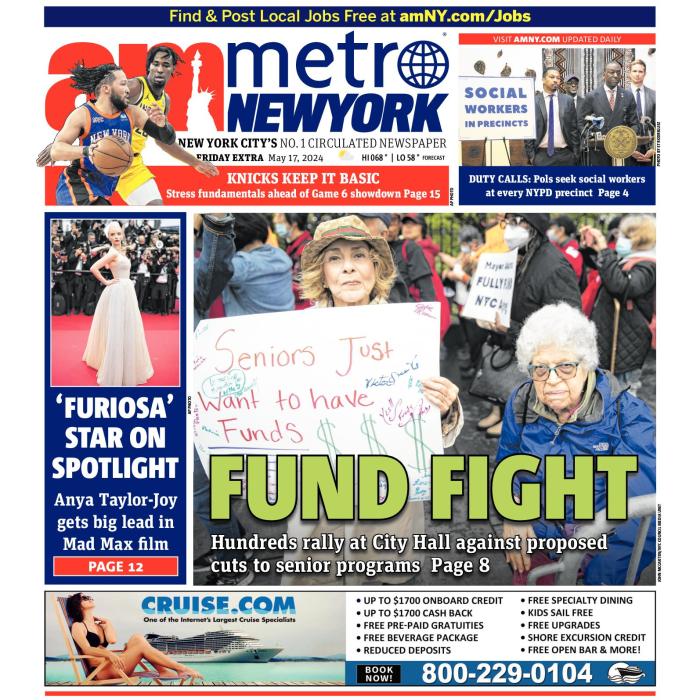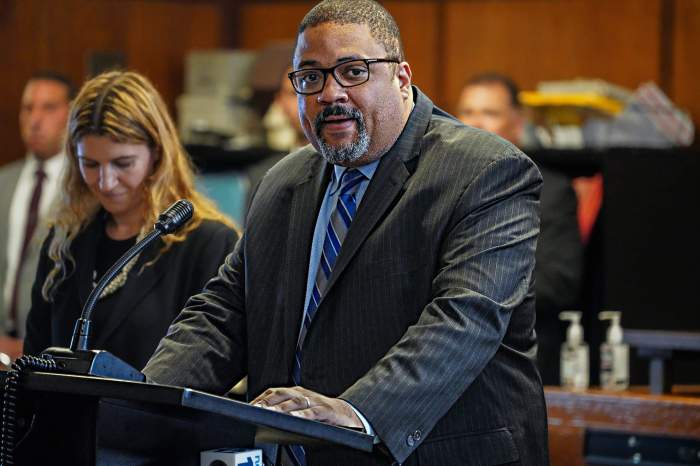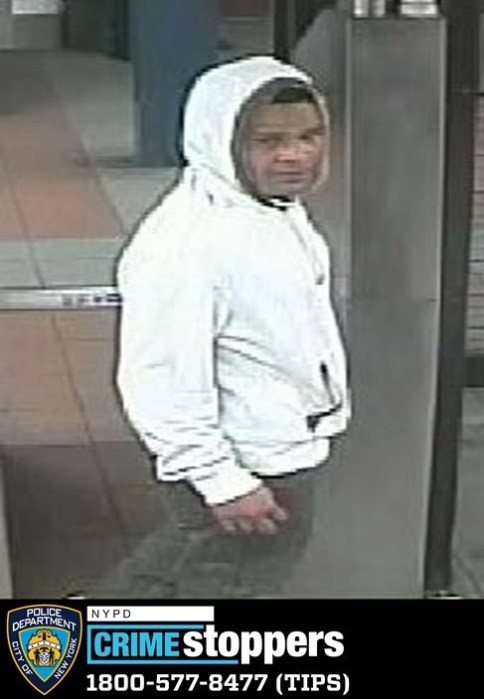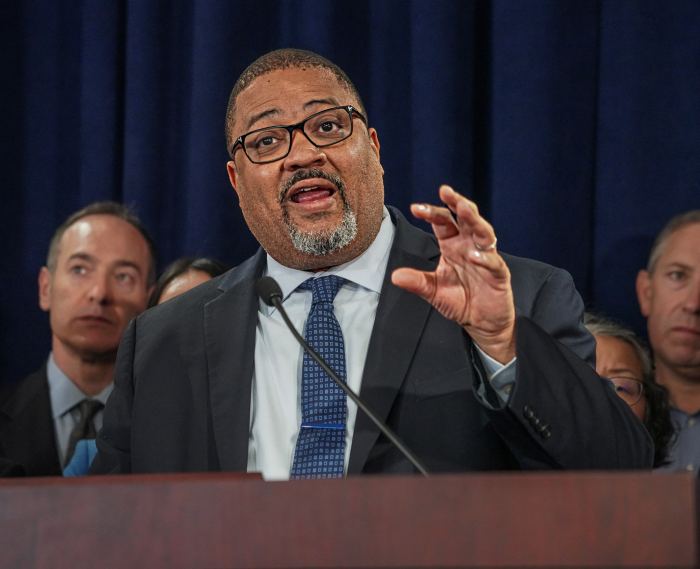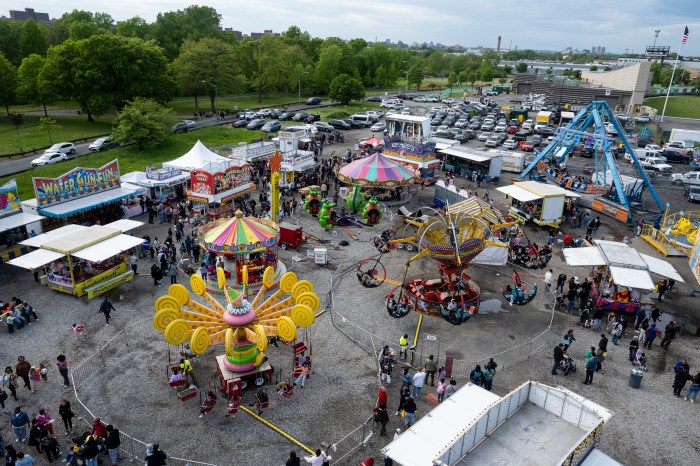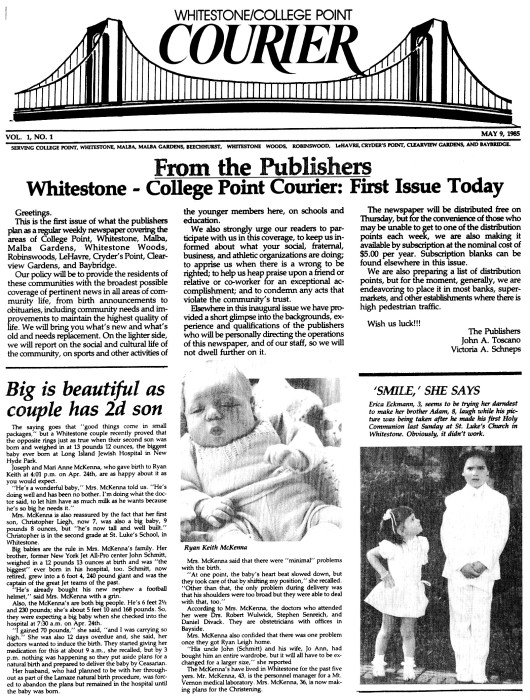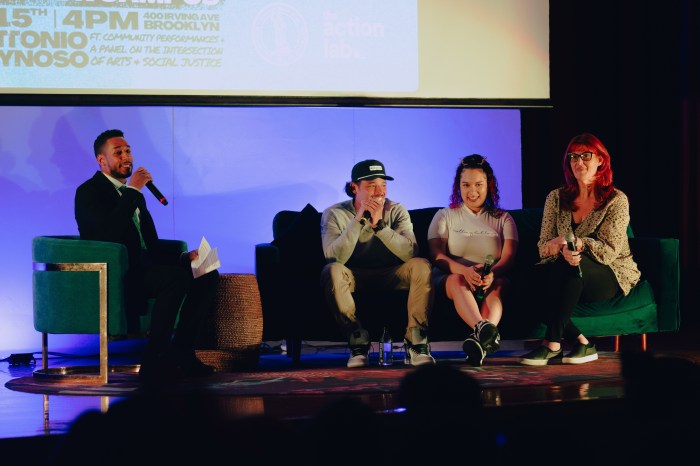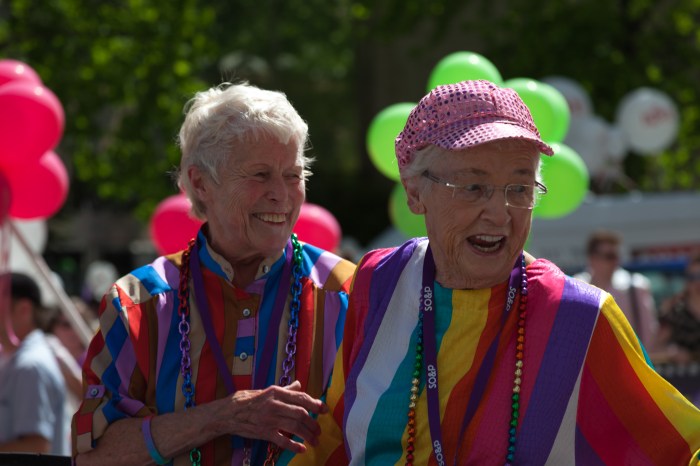By Lincoln Anderson
The debate over how a planned new building would affect the light to artist Chuck Close’s Noho studio was tentatively set to be heard by the Community Board 2 Zoning Committee last week. But, at the last minute, the developer’s attorney notified the committee’s chairperson they wanted to hold off until next month.
Doris Diether, the Zoning Committee’s chairperson, said that about 3 p.m. the day of the meeting, the attorney, Jay Segal of Greenberg Traurig, called her — with a tenant representative from 20 Bond St. on the line — and requested the deferral. Diether said she wanted to see something in writing proving the developer had requested a layover. Segal promptly faxed a letter to the city’s Board of Standards and Appeals, c.c.’ing Diether, requesting more time “to work with the adjacent property owners at 20 Bond St. to develop an alternative design which is mutually satisfactory to them and our clients.”
The issue is now scheduled to be heard by the C.B. 2 committee next month, prior to the B.S.A. hearing on Sept. 26.
Close’s assistant confirmed Close has agreed to continue negotiations and have the issue heard by C.B. 2 and B.S.A. next month.
The new project is seeking variances for 14 residential units and for retail on the ground floor, including in a narrow extension that would wrap around on Lafayette St. totally blocking Close’s west side windows. Close also fears the main part of the new building would reduce the light to the skylights above his work area.
Also on Aug. 10, Close and the other 20 Bond St. artist tenants received the support of Glenn D. Lowry, the Museum of Modern Art’s director, who wrote Meenakshi Srinivasan, B.S.A. chairperson, urging her to deny a variance for the proposed project at 361-371 Lafayette St.
“I understand the need for development,” Lowry wrote. “I also believe that a balance should be found between new construction and the protection of artists whose work has helped define a neighborhood and, in fact, our city. I would urge the Board of Standards and Appeals to carefully review the plans of the proposed project to insure that the building does not adversely affect Mr. Close’s working environment. Mr. Close is one of the United States’ leading artists and has long been an advocate of New York City’s importance as the cultural capital of the country,” Lowry wrote.
In addition, on July 11, Nan Rosenthal, a curator in the Metropolitan Museum of Art’s Department of 19-century, Modern and Contemporary Art, wrote Maria Passannante Derr, C.B. 2 chairperson, requesting the community board recommend denying the variance application.
“The project will block light from artists’ studios of long standing at 20 Bond St., including that of Chuck Close, the United States’ most brilliant colorist,” Rosenthal wrote. “Light is essential to Close’s work. Without it, Close will be forced to leave the building and Noho for brighter space, very likely moving his studio out of the city.
“Close is not just an extraordinary painter and printmaker, he is also ‘Mr. Art World.’…. Close is handicapped (he had a spinal aneurysm in 1989 and is confined to a wheelchair) and having a studio where he can move his canvases easily from ground floor to basement mechanically — and still have light — is crucial.
“Please ask the developers to select a different plan,” Rosenthal urged Derr.
Diether said she was impressed by the letters.
“Obviously, he’s a big shot because you get letters from two major museums about him specifically,” she noted. “It’s not just some little art gallery in the Village.”
Diether said she couldn’t speculate on how her Zoning Committee would vote. She noted she did send the developer’s attorney written questions about uses in the planned building and about “how that little narrow end was going to be used, what windows would be blocked — all kind of questions.”
While Close, the 20 Bond tenants and the developer’s team all knew last week’s meeting was off, a City Planning official didn’t. Vivan Awner of City Planning showed up at the committee meeting only to find it had been postponed.
“She said, ‘You didn’t call me and tell me it was off,’ ” said Diether, who had no idea Awner was even planning to come. “She came because Chuck Close was a big name,” Diether said. “It’s obviously a big case, Jay Segal was handling it.”
